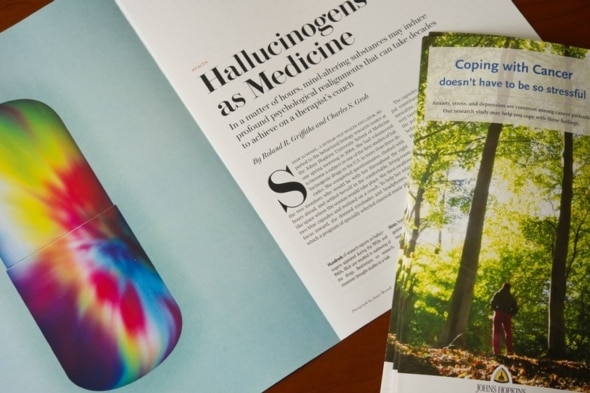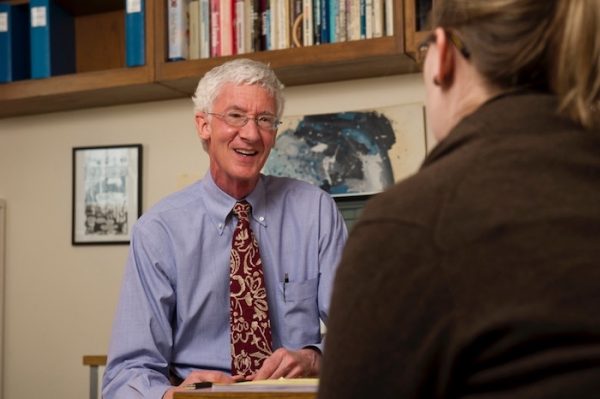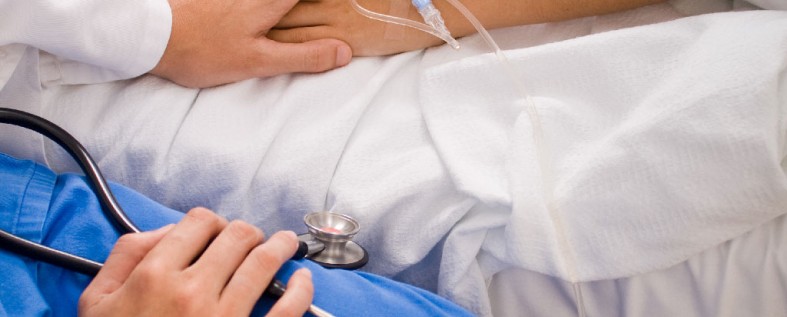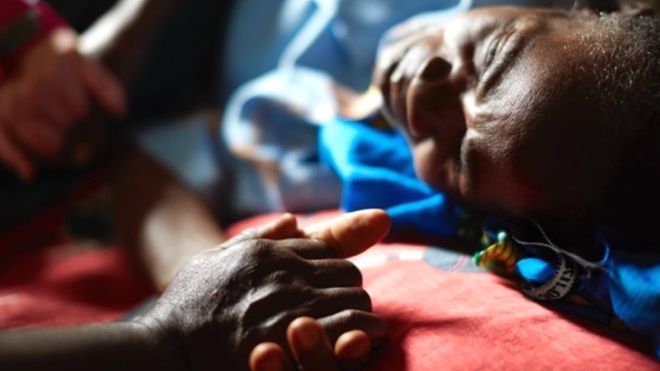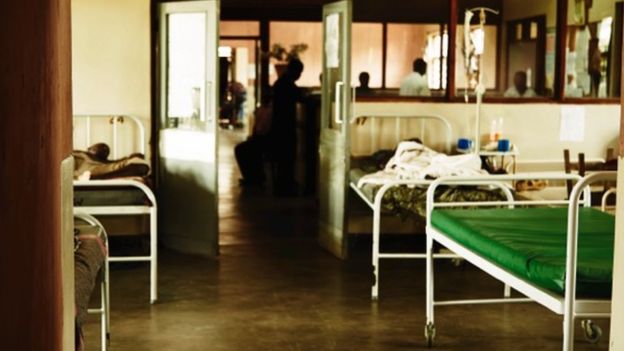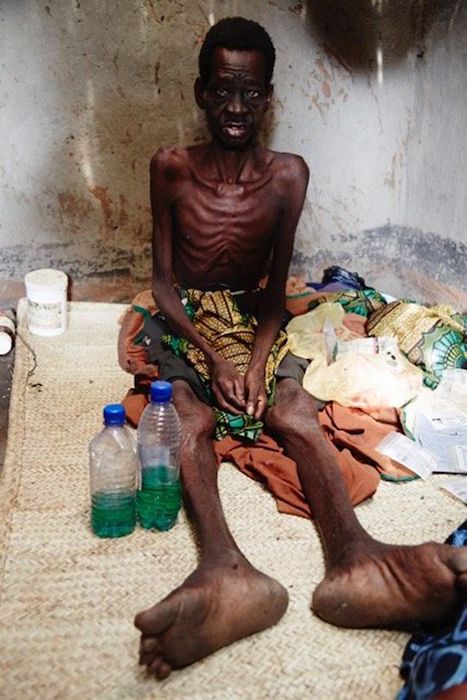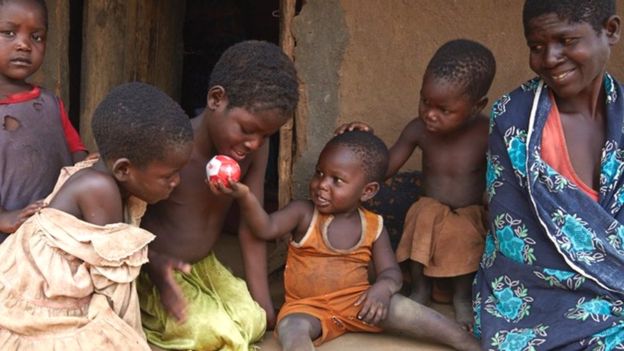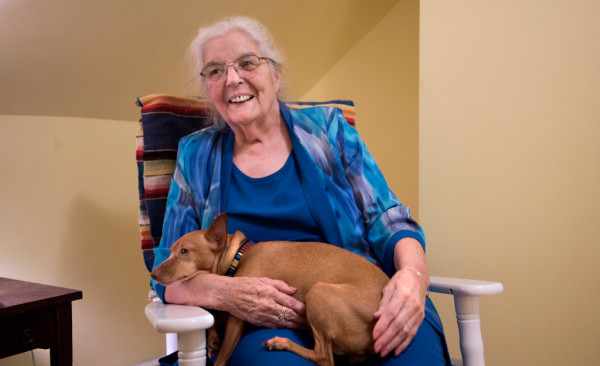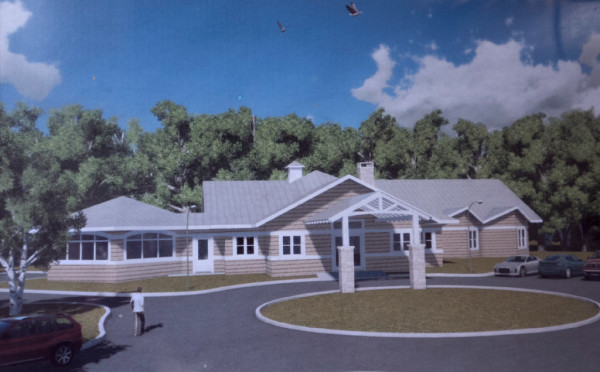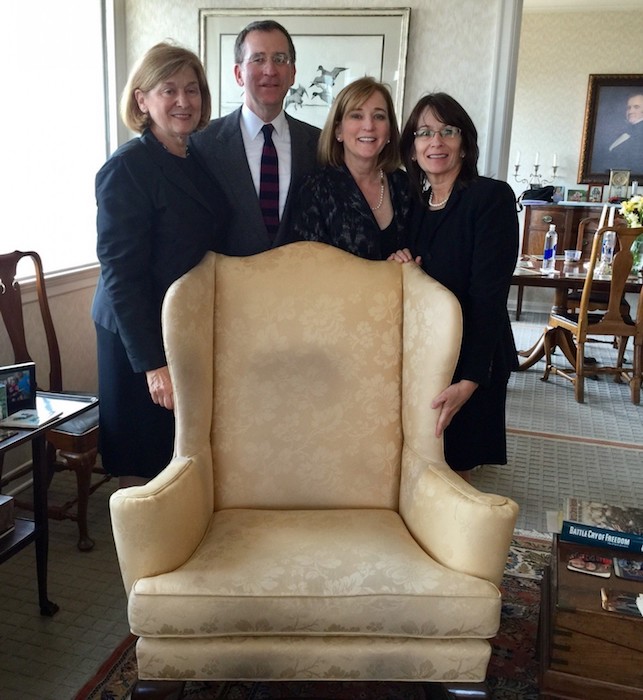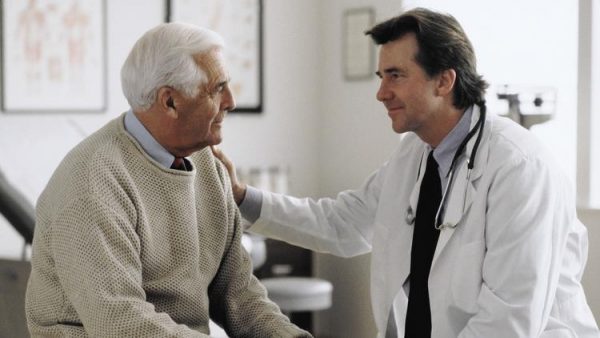
By Kay Manning
[W]hen the concept of paying doctors to help patients plan for end-of-life care first came up as part of health reform, opponents thumped it as a step toward “death panels” and “pulling the plug on grandma.”
Advance care planning was scuttled then, but seven years later, it has been rather quietly incorporated into services reimbursable by Medicare. Patients now can seek guidance from their physicians and other health care professionals about what they want and don’t want in terms of life-sustaining or life-prolonging care and have it included in their medical records.
But codifying what many describe as a sea change in thinking may have come about too quietly. The Centers for Medicare and Medicaid Services, known as CMS, can’t say how many physicians have billed for these conversations since the provision took effect Jan. 1, but a poll released in April showed only about 14 percent of doctors who regularly treat patients over 65 have submitted such bills to Medicare.
While that indicates physicians either don’t know about ACP or are hesitant to engage in such conversations, said Angela Hult, executive director of Oregon-based Cambia Health Foundation, one of three poll sponsors, the public is very solidly in favor.
The California Health Care Foundation, another sponsor, found in a 2012 survey that 80 percent of respondents said it would be important to talk to doctors about their final wishes if they were seriously ill, and 60 percent said it was “extremely important” that their families not be burdened by tough decisions, like stopping nutrition or breathing assistance.
ACP, also called end-of-life directives, is gaining steam among nonprofits, foundations and academic institutions focusing on patient-centered care that also can help health systems be more efficient and save money. Books such as best-seller “Being Mortal” by Massachusetts surgeon Atul Gawande, and “Hope for a Cool Pillow” by Illinois anesthesiologist Margaret Overton use personal experiences to advocate for change in health care of the elderly and raise the profile of what all families eventually face but few typically talk about before a crisis.
Planning ahead instead of guessing what a loved one would want, which can cause emotional rifts in a family even as time is of the essence, serves both patient and caregivers. A 40-year nurse, commenting in a blog post about the absence of ACP wrote: “It has been the cause of severe moral distress among my nurse colleagues in the ICU and the source of many personal nightmares over the years. It is so very frightening to think what we do to the elderly, in particular,” by mustering medical technology to prolong life when that might not be desired.
Physicians even have a term for it — the luge ride, said Michael Preodor, a palliative care doctor at Advocate Lutheran General Hospital in Park Ridge.
“It’s more surgery, more disease intervention, without fixing the problem,” Preodor said. “The key to helping is to align our care with what the patient desires, and that’s dependent upon having these conversations.”
He recently had a patient with a sudden spinal injury and infection that a number of specialists gave opinions on how to treat, overwhelming his wife. She wanted the advice of her trusted family physician and because of the ACP reimbursement, she was able to have several conversations about what to do, deciding on comfort care in hospice, Preodor said.
“I have no doubt he’d be in the ICU, having surgery or other interventions with more and more suffering regardless of the outcome,” Preodor said. “Now there’s time for closure, time with family free of pain, time to deal with dying, which we don’t do very well in this country.”
Gundersen Health System in La Crosse, Wis., has been working more than 20 years to change that. Bud Hammes, an ethicist who started the Respecting Choices program that is cited by many as a model for advance care planning, said more than 96 percent of the 120,000 people in La Crosse County have plans in place before death on how they want to be treated as their health declines. Talking about death is a part of community conversation and happens in clinics, hospices and nursing homes, guided by specially trained personnel, he said.
“Patients have plans that go from very aggressive treatment to comfort care,” Hammes said, eliminating what he called the “terrible dilemma” of families trying to do the right thing but not knowing their loved one’s wishes. “They come to the self-realization of why they need to do this very challenging activity.”
The focus on ACP also has saved Gundersen money. The number of days a patient spent in the hospital in the last two years of life was a national average of 20.3 in 2010, but only 9.7 at Gundersen, according to The Dartmouth Atlas of Health Care, and the total cost of care in those two years was a national average of $79,337, but just $48,771 at Gundersen.
Hammes sees Medicare’s approval of ACP as a “positive step forward that indicates a policy shift from when no one talked about this.” Physicians can bill for 30 minutes of conversation about advance directives with patients, family members or surrogates and be reimbursed $86, which drops to $75 for a second such conversation. CMS has yet to promulgate guidelines for the conversations but has stipulated that while physicians must “meaningfully contribute” to them, other professionals such as RNs and physicians’ assistants can conduct them. And starting in 2017, ACP can be part of an annual Medicare wellness visit.
Ironically, while Hammes supports Medicare’s move to reimbursement and is working with others on ACP training, physicians in the Gundersen system will not seek to be paid for these conversations because of internal billing issues and what they perceive as too little time allowed given the complexities of the issues, he said.
Other possible impediments to full participation by physicians across the country include lack of preparation and clarity on what constitutes an ACP conversation, said Dr. David Longnecker, who co-chairs a committee with the nonprofit National Quality Forum to improve advanced illness care. He suggests simulations, such as are used for training in other parts of medicine, to ease doctors’ discomfort with the topic, community input to adjust for faith and culture concerns, and adoption of ACP by health systems instead of just individual doctors.
“The enemy of good is perfect,” Longnecker said. “We have to start somewhere.
“We don’t want ‘yes, doctor,’ but partnerships (between patient and physician), which are essential to delivering a high quality of care,” he said.
Cambia Health Foundation is building on its poll results with nationwide focus groups “as a deeper dive into what are the barriers to ACP, how do we educate and engage physicians, what tools do they need to have these conversations,” Hult said.
“The conversations are so important for end of life, but also for chronic or life-limiting illnesses. How do we ensure that each person receives what they perceive as quality of life?” she said. “It makes all the difference in approach once you understand the patient is the center of care.”
The Conversation Stopper poll showed 75 percent of 736 physicians surveyed in 50 states believe they are responsible for initiating ACP talks. But if they don’t, a nonprofit, The Conversation Project, offers tips on how patients and family members can broach the subject, decide what they want to accomplish and ensure their plan is followed.
The Conversation Project, co-founded by author Ellen Goodman, implores people not to wait until there’s a crisis.
“It always seems too early … until it’s too late,” say its guidelines, which also suggest: Tell your physician you want to talk about end-of-life wishes. Share any experiences that are shaping your thinking. Ask questions about medical problems, such as ‘what is my life likely to look like six months from now, one year from now, five years from now?’ Probe options for care and how they may affect your independence, and ask what you can expect if you do nothing. Request that your wishes be documented and included in your medical record.
Overton, whose book “Hope for a Cool Pillow” is named after the simple but caring gesture of flipping a pillow for patients, grew up in a family where death and dying were discussed, she said, so she didn’t realize it wasn’t common until she became an anesthesiologist.
“I just want to get people talking, to take the fear out of it,” said Overton, who works at Advocate Lutheran General Hospital. “Having a conversation when you’re not stressed … have a coffee, a lemonade, a glass of wine … those are ideal times.
“Typically, doctors don’t know you as well as your family, your values, what you want. When family is part of the decision or knows what the individual wants, there is an element of empowerment. If people are clear about what they want, it’s hard to override that, and physicians are more likely to get on board,” she said.
Complete Article HERE!

